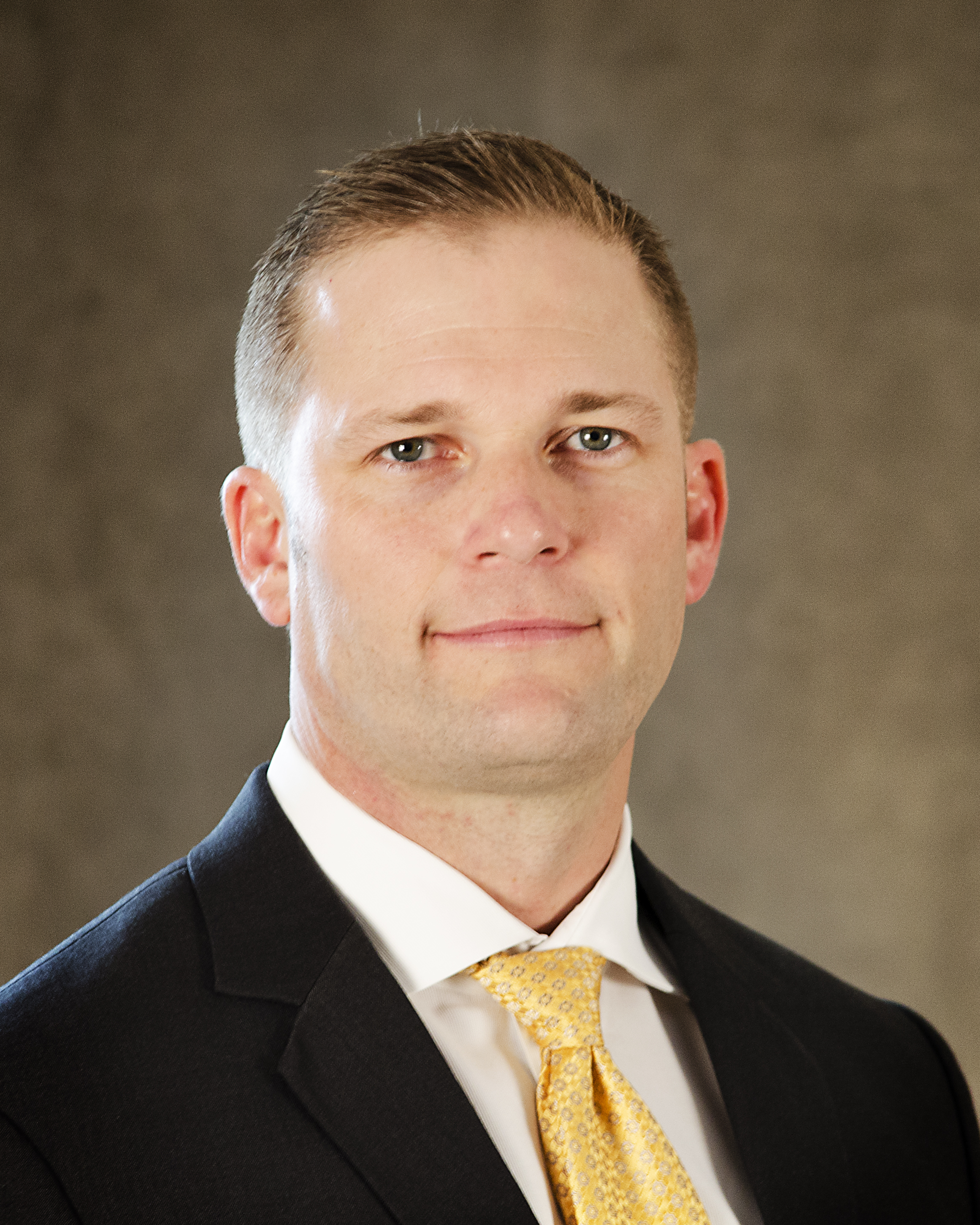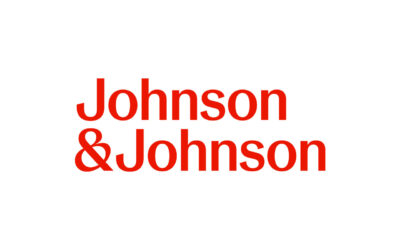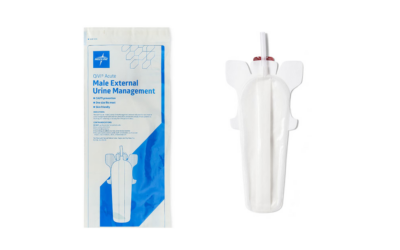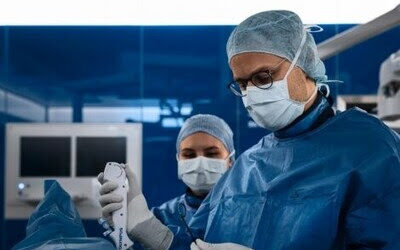EDITOR’S NOTE: This column was shared with OR Today in response to the recent webinar “SUD Reprocessing: Financial and Environmental Impacts for the OR.”
By Bill Scott

Bill Scott is the Senior Director of Marketing for Stryker’s Sustainability Solutions division.
More than 100 members of the OR Today community tuned into the webinar on “SUD Reprocessing: Financial and Environmental Impacts for the OR” presented by the Association for Medical Device Reprocessors for continuing education credit in April. Based on the high volume of interest, we’ve summarized 5 tips for maximizing the benefits of your single-use device (SUD) reprocessing program.
Over 3,000 U.S. health systems participate in SUD reprocessing programs today to drive down the cost of supplies and reduce the medical waste they send to landfills. A reprocessed device can provide a significant savings, some up to 50 percent, compared to a new device. As a result, many hospitals save between half a million and a million dollars a year. Some save even more.
In the OR, specifically, some health systems save more than $12,500 per suite each year, according to Practice Greenhealth’s 2016 Sustainability Benchmark Report. But not every OR achieves this level of savings.
How can you make sure you’re maximizing the financial and environmental benefits of your SUD reprocessing program in the OR? Growing reprocessing savings year over year takes a focused effort. Here are some tips:
- Expand the device mix of your program: You can grow your SUD reprocessing savings by increasing the mix of reprocessed SUDs in your program portfolio. Commonly reprocessed OR devices include ultrasonic scalpels, advanced direct energy, laparoscopic instruments, trocars and arthroscopic shavers and wands. The premium products and those used at higher volumes are good targets for SUD reprocessing because they’ll deliver greater savings. Work with your reprocessing partner to do some modeling on what types of savings could be delivered for your OR based on current usage data. That will help you identify devices that you can add to your SUD reprocessing program to increase savings. Keep in mind that there are devices outside of the OR, such as pulse oximetry sensors and EP catheters, that can be reprocessed as well.
- Engage staff: Involve teams from the beginning of the program and provide regular training to keep staff up to date on best practices. Share and celebrate your successes as you hit savings and waste diversion milestones. The more visibility staff has, the more likely they are to support reprocessing and help the program grow.
- Gain surgeon buy-in: SUD reprocessing is a widely adopted and highly regulated practice with a strong safety record, yet some surgeons still prefer OEM devices over reprocessed devices in their OR.
To increase surgeon buy-in, have a nurse leader or another reprocessing champion at your facility provide FDA data or scientific documentation to skeptics. One such piece of evidence is a study, published in the December 2015 issue of Journal of Medical Devices, conducted by Terrence J. Loftus, MD, MBA, FACS, formerly at Banner Health in Phoenix, Ariz., who was a self-proclaimed doubter of SUD reprocessing.
In 2013, Banner’s clinical consensus group was split on the decision to implement an SUD reprocessing program. To settle the debate, Loftus led a comparison study of SUD and original device defect rates. Loftus believed the study would show reprocessed devices failed more than OEM devices. To his surprise, the study uncovered the exact opposite. OEM devices actually had a defect rate nearly 5 times greater than reprocessed devices. Seeing the results of the study and hearing how Dr. Loftus turned into a believer may help other surgeons who are on the fence about reprocessing.
- Increase buy-back: There are two parts of an SUD reprocessing program – collecting devices to send to a third-party reprocessor and the subsequent buy-back of the devices after reprocessing. The majority of the cost-savings come from the buy-back. To increase your savings, minimize the gap between collections and buy-back – a measure that’s often referred to as reprocessing compliance or efficiency. The goal is 100 percent compliance. Practice Greenhealth reports hospitals participating in its Greening the OR Initiative achieved a 57 percent compliance rate in 2015, so you can see the average hospital has significant room for improvement.
To maximize your buy-back, make your reprocessor your primary vendor for certain device categories, as WakeMed in Raleigh, North Carolina did. WakeMed reported in 2015 that 90 percent of the devices used in its EP labs are reprocessed, including 100 percent of EP catheters. This purchasing strategy was credited as a key contributing factor to increasing WakeMed’s SUD reprocessing savings 300 percent over the previous three years.
Additionally, work with your reprocessing vendor to set up your ordering process to track reprocessed product availability in real-time, provide inventory alerts and order on-demand to meet your changing needs. Finally, if your goal is to pull reprocessed devices first (when available), place reprocessed devices on top of OEM devices, so they’re easy to find.
- Educate supply chain leaders about contracting challenges: Some vendors try to limit health systems’ reprocessing savings to protect their revenue. Don’t fall victim to contracts that are tied to minimum purchase requirements for new devices. It can prevent your organization from maximizing the growth of your program for optimal savings benefit, and can reduce the number of vendors competing for your business, which can lead to increased prices over time.
When presented with new contracts, review them closely and evaluate what terms and prices are most advantageous for your organization. If there’s language that seems to dictate your reprocessed vs. OEM device mix, get your leadership team involved and notify your reprocessing partner. They can run an ROI analysis to determine a contract’s impact on your SUD reprocessing savings. Bottom line, keep your eyes open, ask smart questions and hold your vendors equally accountable to supporting your organizational goals.
The potential for SUD reprocessing savings in the OR is significant and it’s reasonable for you to expect your program to grow savings each year. Savings growth requires a strong partnership and cultural commitment. Health systems that take the time to evaluate the opportunities to maximize their reprocessing program can reap the benefits of financial and environmental savings in their OR.
– Bill Scott is the Senior Director of Marketing for Stryker’s Sustainability Solutions division, an industry leader in providing third-party medical device reprocessing and remanufacturing services.










Trackbacks/Pingbacks